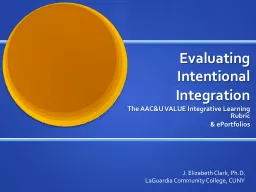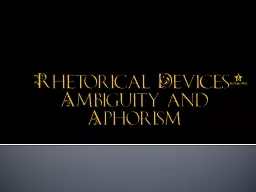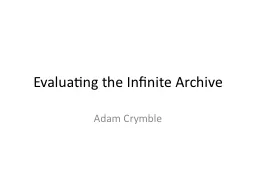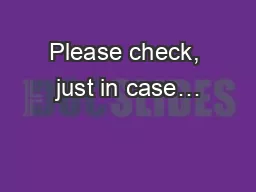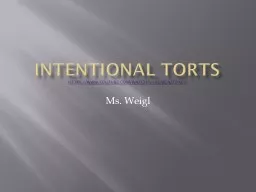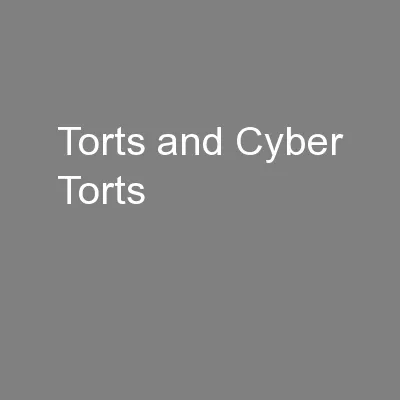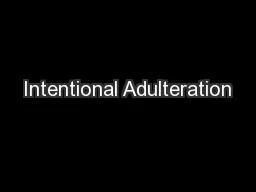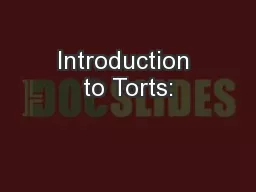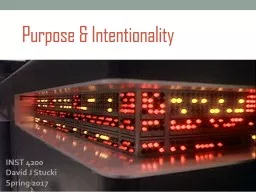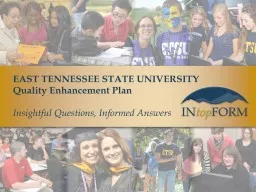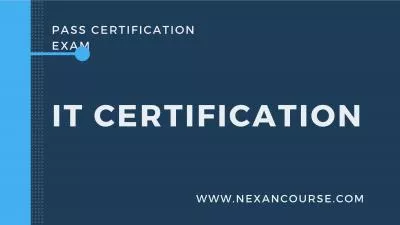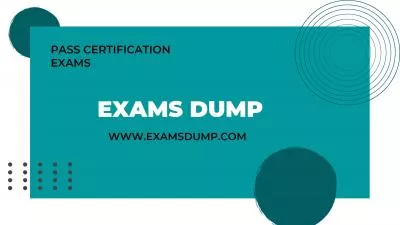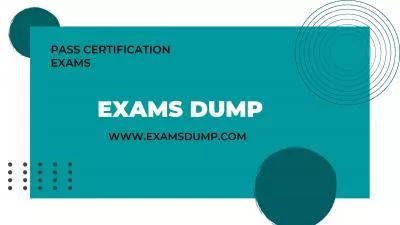PPT-Evaluating Intentional Integration
Author : debby-jeon | Published Date : 2017-07-01
The AACampU VALUE Integrative Learning Rubric amp ePortfolios J Elizabeth Clark PhD LaGuardia Community College CUNY Positioning Integration in the Students Experience
Presentation Embed Code
Download Presentation
Download Presentation The PPT/PDF document "Evaluating Intentional Integration" is the property of its rightful owner. Permission is granted to download and print the materials on this website for personal, non-commercial use only, and to display it on your personal computer provided you do not modify the materials and that you retain all copyright notices contained in the materials. By downloading content from our website, you accept the terms of this agreement.
Evaluating Intentional Integration: Transcript
Download Rules Of Document
"Evaluating Intentional Integration"The content belongs to its owner. You may download and print it for personal use, without modification, and keep all copyright notices. By downloading, you agree to these terms.
Related Documents

